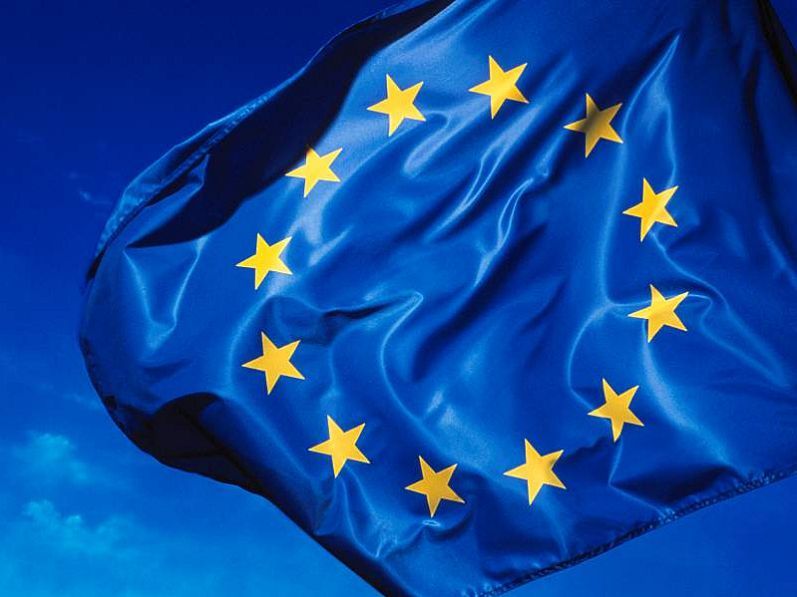Art in post-Brexit Britain
The UK’s vote to leave the EU in June 2016 has had impacts that permeate every aspect of British life. Two years later, with negotiations ongoing and debates still being held about what Brexit should be, the political climate is turbulent and uncertain. The arts are no exception; a wealth of art has been produced in the past two years in response to Brexit.
Much of this artwork – whether visual arts, theatre, music or literature – is anti-Brexit, as people within the creative industries tend to be on the Remain side of the argument, and many large artistic corporations rely on funding from the EU in order to function. Some responses to Brexit include Banksy’s mural in Dover of a workman chipping away one of the EU stars; Grayson Perry’s Brexit vases, in which one represents Europe and the other Britain, but whose title (‘Matching Pair’) highlights how similar these cultures and people are; or a myriad of novels published a year after the vote which are set in post-Brexit Britain, exploring the potential impacts.
Much of this artwork is anti-Brexit, as people within the creative industries tend to be on the Remain side of the argument
One project that differs in its stance on Brexit is the National Theatre’s devised production My Country; a work in progress. Directed by Rufus Norris, this production drew on the thoughts of people living in Britain in the immediate aftermath of the Brexit vote; the National Theatre interviewed a swathe of people across the country to gather opinions on what Brexit meant for Britain. These interviews were then intertwined by the Poet Laureate Carol Ann Duffy with speeches from party leaders, to create a play in which the goddess Britannia meets her subjects, each of whom represent a region of the country, to discuss its future. This production leans towards the Leave perspective in its finished form as the production team decided to omit all responses from London and the South East, which voted most heavily to remain.
With My Country; a work in progress, even though it may not represent what the creative industries and the National Theatre personally believe, it does arguably represent the voice of the people more than other artworks. The omission of perspectives of those who voted to remain however is potentially a problem, as even though the vote was in favour of leave, the margin was only split 52% for leave and 48% for remain.
My Country; a work in progress arguably represents the voice of the people more than other artworks
Whether or not the arts, institutionally and individually, are politically left-leaning is not necessarily important in terms of Brexit, but the arts have often been a means by which to challenge political or social conventions. The narratives formed after the referendum have led to a sense of the unheard 48%, whose views have been silenced. That so much post-referendum art has been anti-Brexit is in part a reflection of this, as either the artists feel like the unrepresented minority and therefore want to express their reaction to the decision, or they feel like they must represent those who are not being heard. There is also a genuine fear about whether UK artists will be able to continue their practices post-Brexit, as they receive millions from the EU each year, and have personal or institutional international links which are now threatened.
The arts, especially in such a permeating and multifaceted event as Brexit, should be able to question and perhaps even expose the political establishment and political convention. In a democracy, the arts are a vital part of questioning and subverting convention, and Brexit is no exception.

Comments